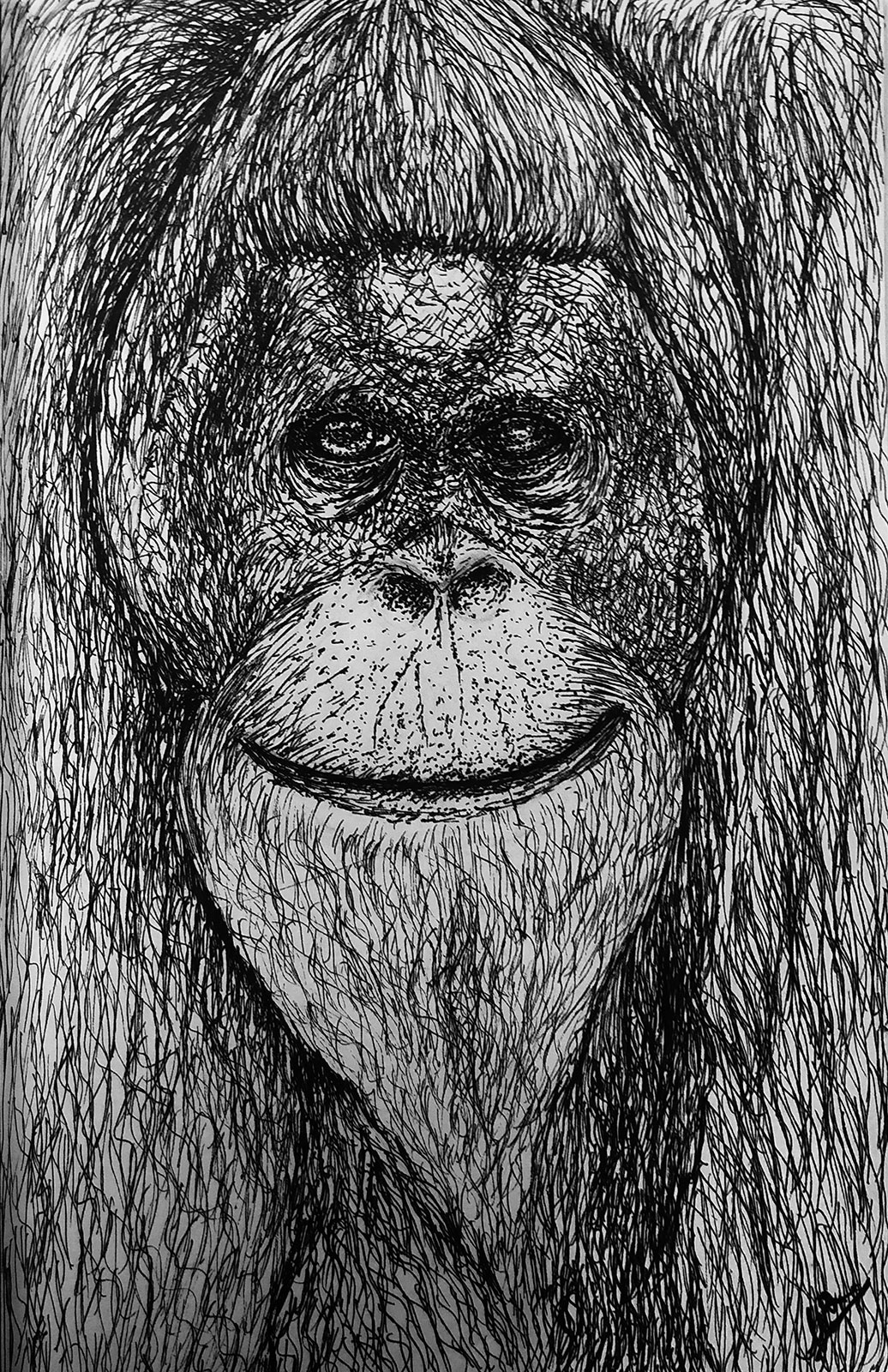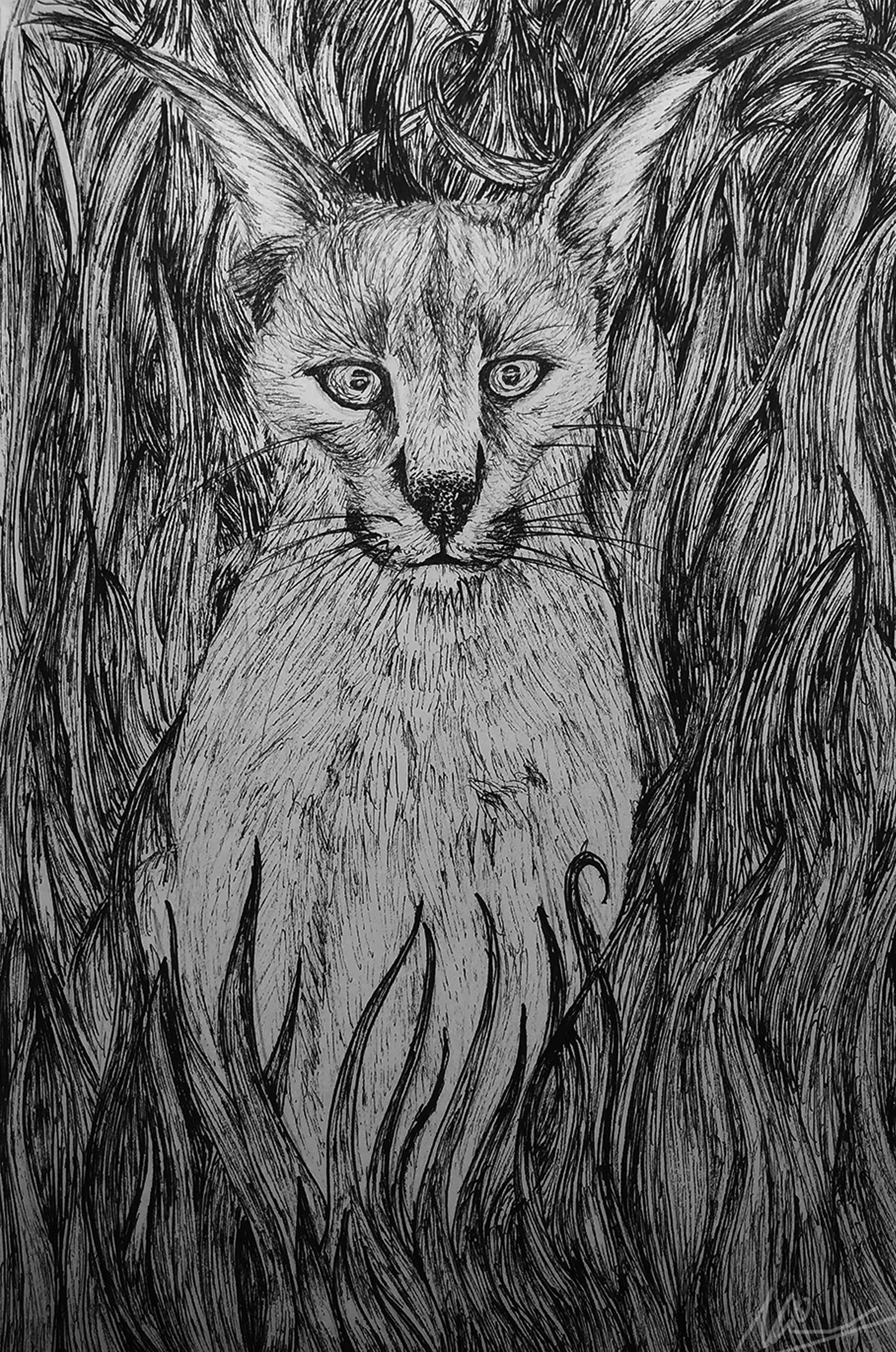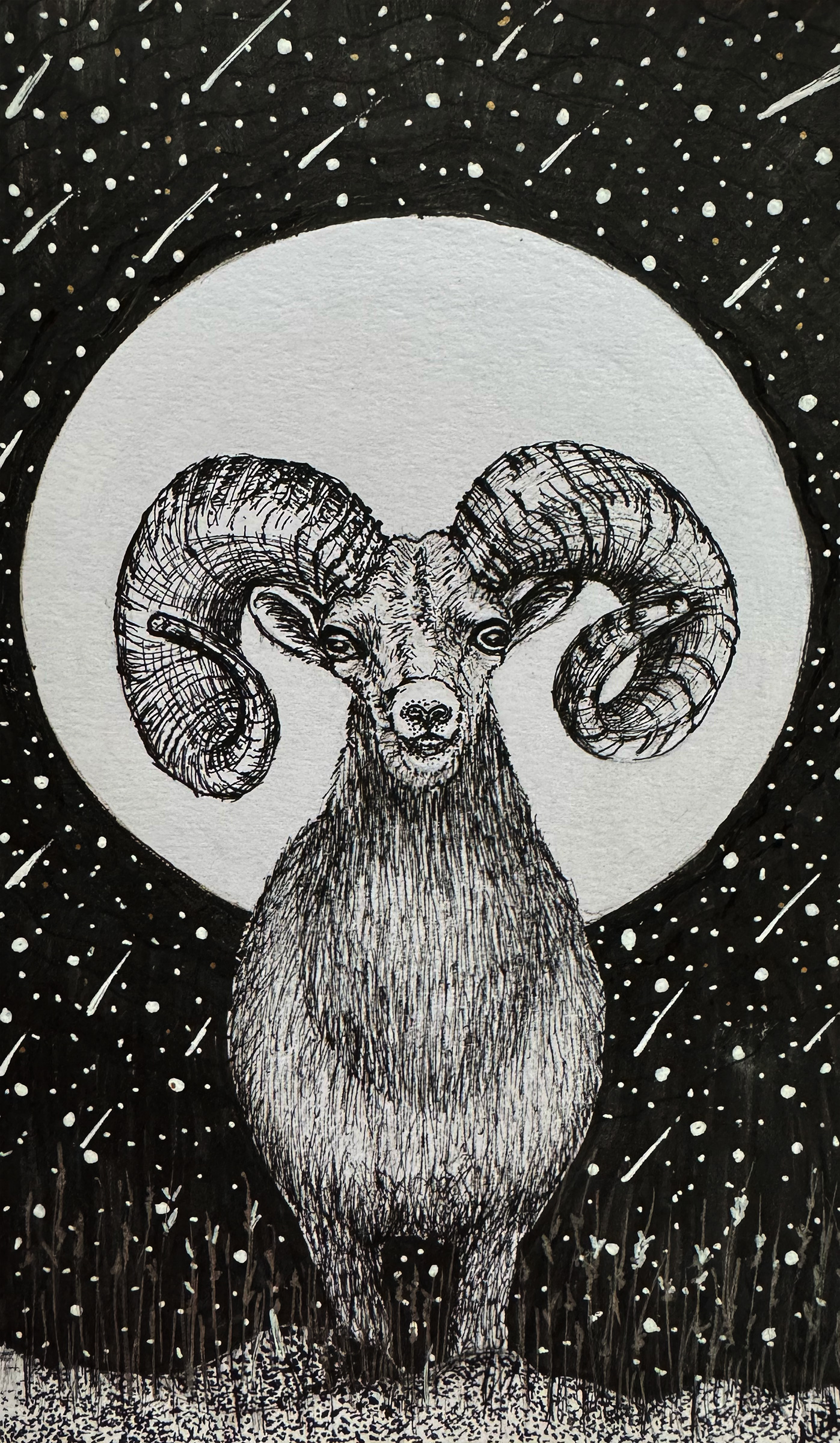Some of my earliest memories are tied to art. I vividly recall a kindergarten classroom where my teacher sketched a simple glass with a small fish inside. Enthralled, I copied it eagerly, only to be scolded for reasons I no longer remember. That moment—my first real interaction with drawing—has stayed with me as a defining fragment of my childhood.

My mother played a major role in shaping my artistic inclinations. She painted, embroidered designs onto our clothes, and created beautiful crafts from simple household items. I followed in her footsteps, my sister followed both of us, and my father became our biggest cheerleader, encouraging every artistic pursuit we embarked upon.

Growing up, I was always surrounded by nature. My home was nestled among trees, close to a snake temple. Because of this, my daily life intertwined with the presence of birds and snakes, creatures that fascinated me rather than frightened me. To reach my primary school, I would walk through vast, lush green paddy fields, often stopping to scoop tiny fish from the small streams I had to jump across. I would place them in my water bottle and carry them to school, a small, secret joy that connected me deeply to the natural world.

It was in sixth grade that I had another unforgettable encounter with art and authority. My drawing teacher reprimanded me for reasons that now seem trivial. But my response was anything but ordinary—I took my revenge through art by sketching a caricature of her. That moment marked the first shift in my artistic focus.

My attention gradually moved from people to animals, an unconscious yet significant transition that shaped my journey as an artist.
For me, sketching and painting have always been more than just a creative outlet; they have been my sanctuary. Whenever life throws challenges at me, I find solace in picking up my pencil. The act of drawing is meditative—it helps me slow down, center myself, and often, in the midst of creating, I find solutions to problems I wasn’t even actively trying to solve. There is something incredibly therapeutic about getting lost in the rhythm of sketching, where time ceases to exist, and only the connection between my mind and my art remains.

However, like anything in life, consistency has been a challenge. My artistic journey has often felt like a rollercoaster—intense bursts of creativity followed by long pauses. In the past, I would turn to sketching only during times of stress, but over the years, it has evolved into something more—a spiritual guide of sorts. Whether I am experiencing a high or a low phase in life, art is always there, waiting to anchor me.

Initially, I worked with reference images, recreating what I saw with as much accuracy as possible. But something about it felt incomplete. I longed for a deeper connection, something uniquely mine. That’s when I began tapping into my imaginarium—the personal canvas within my mind, visible only to me. Bringing those inner visions to life through art was a turning point. It gave my work a personal, intimate essence that felt far more fulfilling than replicating existing images.

In the last couple of years, I have started paying closer attention to the artist in me. For most of the past decade, my primary focus has been wildlife photography, and I can see its influence seeping into my artwork.

My sketches and paintings are now centered around the animal kingdom, reflecting my deep admiration for the wild. There is something about capturing the raw spirit of an animal—whether through a camera lens or the strokes of a pencil—that makes me feel connected to nature in the most profound way.

Lately, I have found my creative process revolving around species I dream of seeing in my lifetime. But before I witness them in the wild, I first see them on the canvas of my mind. Translating those visions onto paper has become an essential part of my artistic journey.

I started with pencil sketches, then transitioned to pens, and more recently, to crayon pencils. When I use pens, I lean towards intricate doodling; when I work with crayons, I strive for a more realistic form. Regardless of the medium, I have realized that this artistic process is bringing me closer to making my dreams a reality.
Despite my years of artistic exploration, I still consider myself in the early stages of understanding who I am—not just as an artist, but as a person and even as a writer. The journey of self-discovery is ongoing, and every sketch, every painting, and every written word is a step closer to unraveling my true self.

Art, for me, is not just about creating; it’s about experiencing, understanding, and evolving. It is a mirror that reflects my thoughts, emotions, and the intricate relationship I share with the world around me. And as long as I continue to see, feel, and breathe, I will keep drawing—one sketch at a time, one story at a time.


